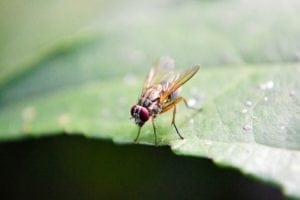Onchocerciasis
What is onchocerciasis?
Onchocerciasis, also called river blindness, is a neglected tropical disease that is caused by Onchocerca volvulus, a parasitic worm. It is characterized by visual impairment and skin symptoms.
It is estimated that 20.9 million people were impacted by this disease in 2017, nearly all of whom lived in Africa. It is most common in Africa, South America, and Yemen, especially in rural places near rivers.
What are the symptoms of onchocerciasis?
Not every affected individual is symptomatic, but if one is the effects will appear 12-18 months after being bitten by a blackfly. These symptoms include:
- Eye disease
- Lesions on the eye
- Visual impairment that can lead to blindness
- Skin rash
- Nodules under the skin
What causes onchocerciasis?
A parasitic worm called Onchocerca volvulus is responsible for river blindness. These worms are spread when one is bitten by a blackfly, as they drop larvae into the bite. These larvae then grow into worms inside the human. More bites lead to a more severe infection.
How is onchocerciasis diagnosed?
A diagnosis can be difficult to make if the infection is not severe and if one is not from an area that typically sees onchocerciasis. The most common method of diagnosis is to perform a skin snip and examine the snips under a microscope to look for larvae.
If nodules are present, they can be biopsied and examined for worms. An eye examination can reveal lesions or larvae as well.
What are the treatments for onchocerciasis?
There is a drug that kills larvae within the body, called ivermectin. Once the larvae are dead, they can no longer cause the characteristic symptoms. There is another drug currently in development that is intended to kill the adult worms, called doxycycline.
There are also steps that can be taken to prevent bites. Wear DEET (insect repellent) on exposed skin, long sleeves and pants, and treat clothing with permethrin.





